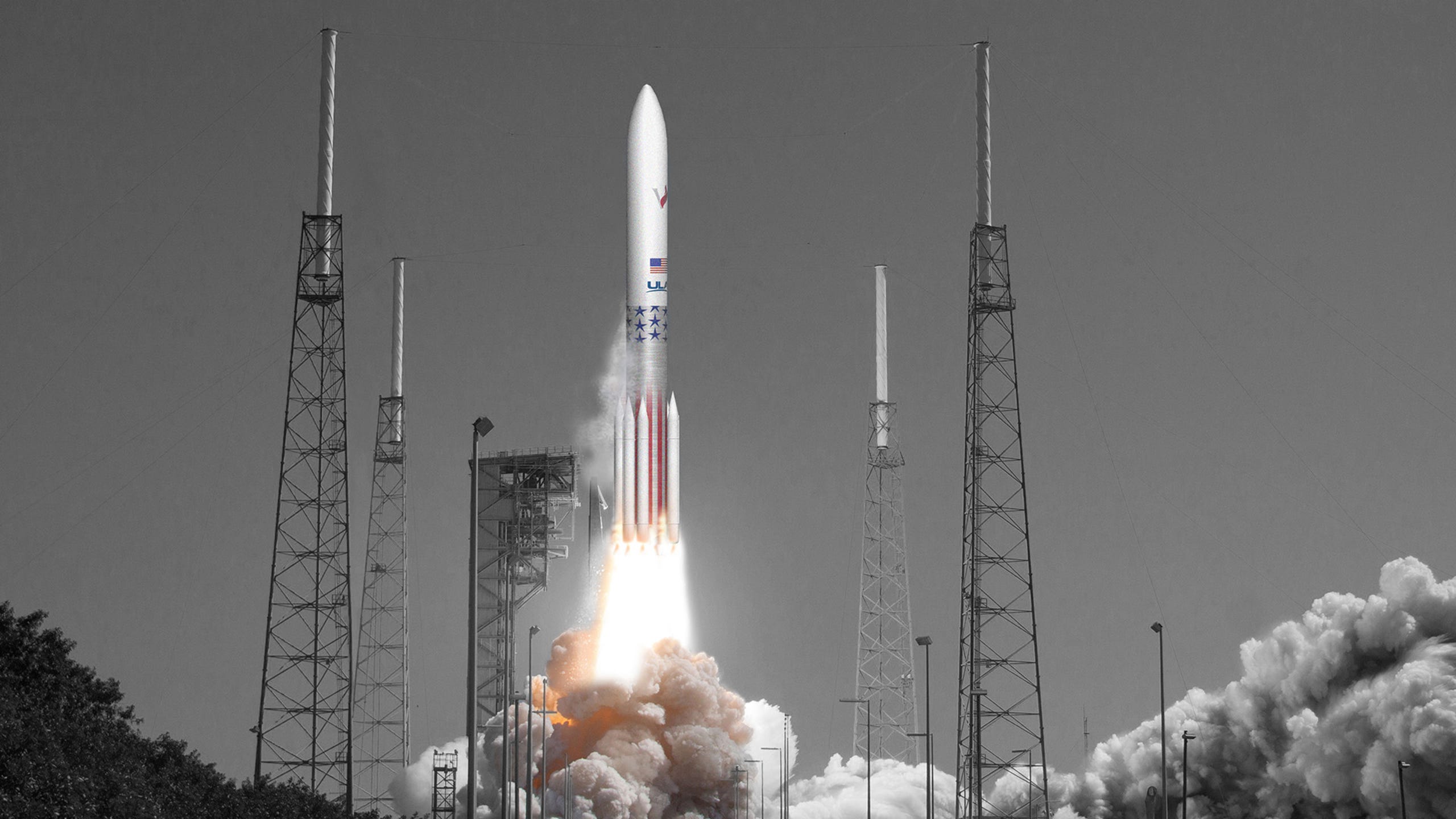3.01.2021
If 2020 was any indication, this year's Florida launch cadence will likely follow a similar spate of missions – crewed and uncrewed – flying from Space Coast pads.
Last year's record-setting pace of 30 successful orbital launches, which bested 1966's 29, will flow into January as teams prepare to kick off 2021 with at least three missions. Beyond that, the cadence is expected to maintain its speed as SpaceX continues building its Starlink internet constellation and United Launch Alliance eyes 10 launches for the year.
More: Florida just had its busiest orbital rocket launch year in decades
Barring additional setbacks, Florida could also host three brand new rockets this year, though the schedules remain in flux. Here's what to expect.
SpaceX

With one pad at Kennedy Space Center and a second at Cape Canaveral Space Force Station, SpaceX is expected to keep flying batches of 60 Starlink satellites as quickly as teams can turn rockets around.
Still in its infancy and short of the goal of thousands of satellites in orbit, Starlink is expected to fly at least one mission per month and possibly more. The deployment rate will be increasingly important as SpaceX eyes expanding its public beta beyond higher latitudes like Washington state and parts of Canada, where users are already connected to the $99-a-month network (after $499 for the dish and other equipment).
The first Starlink launch of the year – 17th overall for the constellation – is slated for the first half of January, though an exact date has not yet been released.
Before that, a Falcon 9 rocket is on the Space Force's schedule for liftoff of a Turkish communications satellite between 8 p.m. and 9 p.m. on Jan. 4. Labeled Turksat-5A, the mission will take flight from the Cape's Launch Complex 40.
The Dragon capsule, meanwhile, will also be busy this year ferrying astronauts and supplies to and from the International Space Station.
"This mission represents the initiation of the Dragon in orbit continuously," SpaceX President Gwynne Shotwell told reporters after the Nov. 15 launch of four astronauts on Crew-1. "In the next 15 months, we should be flying roughly seven Dragon missions."
At least three uncrewed, robotic resupply flights are targeting May, September, and November. They mark the company's 22nd, 23rd, and 24th resupply flights, respectively.
On the crewed front, SpaceX's Crew-2 mission with NASA astronauts Shane Kimbrough and Megan McArthur, Japanese astronaut Akihiko Hoshide, and European astronaut Thomas Pesquet is targeting no earlier than March 30. Only pad 39A at KSC can host their Crew Dragon.
NASA's Raja Chari and Tom Marshburn, along with European astronaut Matthias Maurer, will fly the following Crew-3 mission no earlier than September.



